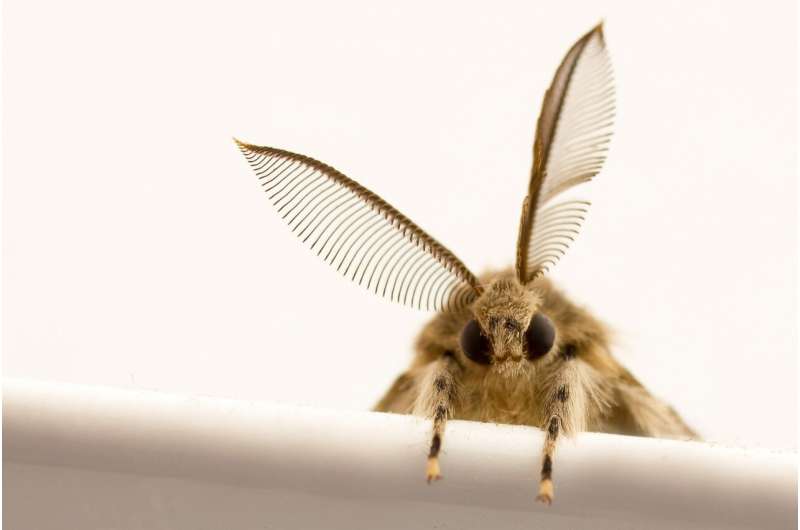This article has been reviewed according to Science X's editorial process and policies. Editors have highlighted the following attributes while ensuring the content's credibility:
fact-checked
peer-reviewed publication
trusted source
proofread
Combating invasive species globally with new algorithm

A new study at Hebrew University has developed an innovative computer algorithm that suggests how to significantly enhance the management of invasive species. This algorithm offers a cost-effective solution for allocating resources across diverse locations, crucial for safeguarding ecosystems, agriculture, and public health.
This advancement can support policymakers and conservationists in addressing the growing threats posed by invasive species to biodiversity and the global economy.
A new study by Prof. Adam Lampert, from the Institute of Environmental Sciences at The Robert H Smith Faculty of Agriculture, Food and Environment, developed a computer algorithm designed to enhance the effectiveness and efficiency of managing invasive species globally. This new tool offers a cost-effective approach to allocating resources across various locations, crucial for protecting ecosystems, agriculture, and public health from the damaging impacts of these species.
The research paper, "Optimizing strategies for slowing the spread of invasive species" is published in PLOS Computational Biology.
The innovative algorithm is adaptable to a wide range of population dynamical models and treatment methods. It determines the most effective spatial distribution of treatment efforts to slow the propagation speed of target species, thereby optimizing the use of limited resources in environmental conservation efforts.
"The findings demonstrate a promising advancement in environmental management practices," said Prof. Lampert. "The algorithm was developed for both a general model and a model that is more specific for the spongy moth in North America, demonstrating its generality and potential to improve current strategies significantly."
The research focused on two models: a broad-based generic model and a detailed model tailored to the spongy moth using mating disruption techniques. The results highlighted that utilizing this novel algorithm allows improving the cost-efficiency of treatment strategies.
This development is particularly timely, as invasive species continue to pose increasing threats to biodiversity and the global economy. By improving how treatment efforts are distributed in combating these species, the algorithm can support policymakers and conservationists in their ongoing efforts to safeguard environmental health.
More information: Adam Lampert et al, Optimizing strategies for slowing the spread of invasive species, PLOS Computational Biology (2024). DOI: 10.1371/journal.pcbi.1011996
Journal information: PLoS Computational Biology
Provided by Hebrew University of Jerusalem


















